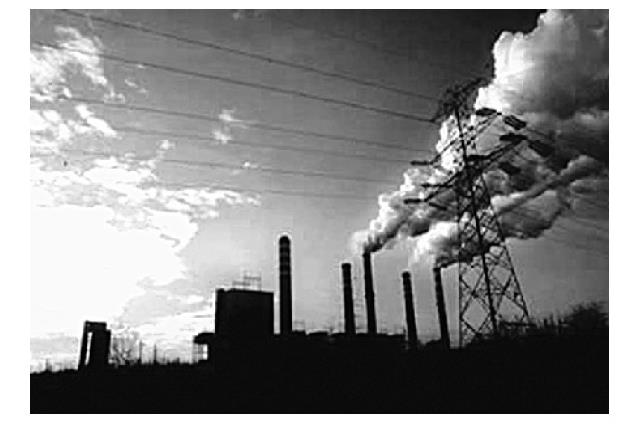It`s time to get rid of fossil fuels
2022-04-29
T HE new prime minister has shown concern over the 27 out-of-order power plants that have a generation capacity of 7,000 megawatts. They are either gaspowered or coal power plants and have been non-functional due to technical reasons, circular debt and non-availability of liquefied natural gas (LNG).
The national Alternative and Renewable Energy Policy 2019 promises 30 per cent generation from renewables by 2030. In contrast, the Indicative Generation Capacity Expansion Plan 2030, on the one hand, aims at displacing fossil fuel projects with variable renewable energy sources by 2030, but, on the other, commits to several fossil fuel projects for the upcoming years.
In Pakistan, natural gas was introduced as a replacement for expensive imported residual furnace oil. In 2011, 50 per cent of Pakistan`s power generation was based on naturalgas,and since the gasreserves are largely on the decline, Pakistan relies heavily on imported LNG. But the main ingredient of LNG is methane; a component known to be 80 times more pollutant than carbon dioxide.
It is perpetually leaked during the entire supply chain. The popular myth of LNG being a cleaner fuel has been exposed and thoroughly debunked by experts throughout the world.
The absence of an international regulator ensures the LNG markets remain extremely unreliable. Several geoeconomic or geo-political abnormalities, like cold waves in north Asia or the Russia-Ukraine crisis, have seen LNG cargoes diverted to regions where developed economies can easily af ford to procure them at higher rates.
Pakistan`s Singapore-based European supplier Gunvor has def aulted on its orders several times. The Pakistan LNG Limited (PLL) had signed a five-year contract in June 2017 under which the company was bound to provide the LNG term cargoes at 11.6247pc of Brent. The company had already defaulted three times, and further defaults have taken up the total to seven.
The PLL decided not to procure from the spot market as the lowest bids available were $34.677/mmbtu for April and $33.53 for May 2022. Adding the taxes and other costs, the consumer price will shoot up to$40/mmbtu, which is unaf fordable.
The Power Division had presented a demand of 690mmcf d for April and 800mmcf d for May. With the Sui Northern and Sui Southern capable of providing only 500mmcfd, the Petroleum Division will be forced to apply hef ty cuts for re-gasified LNG (RLNG) supply to the compressed natural gas (CNG) sector and captive power plants.
To meet the peak load demands in summer, Pakistan will once again switch to expensive imported furnace oil and diesel-based power plants for production which will increase power tarif f s in the country. The Pakistan State Oil (PSO) has already sought Rs60 billion for increasing its imported fuel cargos from 17 to 23.
All these f actors will likely plunge Pakistan into a gas crisis requiring more residual fuel oil (RFO) import for power generation, severely denting its fragile economy. Moreover, LNG is a dollardenominated commodity and with the perpetual exchange rate fluctuations, it becomes even more unreliable for developing countries.
On the contrary, the Gharo-Jhimpir wind corridor in Sindh was identified as the most lucrative site for wind power plants. The wind power potential covered an area of 9,700 square kilometre with a gross wind power potential of 43,000MW.
The corridor is now expanding rapidly and touching the boundaries of even Jamshoro and Badin districts.
According to the Pakistan Economic Survey 2019-20, the maximum total demand coming from residential and industrial estates stands at nearly 25,000MW, which can be easily covered by the wind corridor alone.
Due to heavy loadshedding in rural areas, people are opting for the solar photovoltaic (PV) option on a self-help basis. The previous government, instead of giving more support and options to the suppliers and customers of solar PVs, lif ted the subsidy, discouraging the environment-friendly options to the poor and local business community.
Pakistan needs a multifaceted decommissioning policy and an amicable framework to get rid of even the committed fossil fuel projects to truly align itself with national and international climate change commitments of following a de-carbonisation path.
The government must encourage renewable options, which is a peoplefriendly and environment-friendly option, instead of drowning in heavy circular debts, which ultimately we, the poor people of Pakistan, and our generations have to pay.
Fiza Qureshi Islamabad




